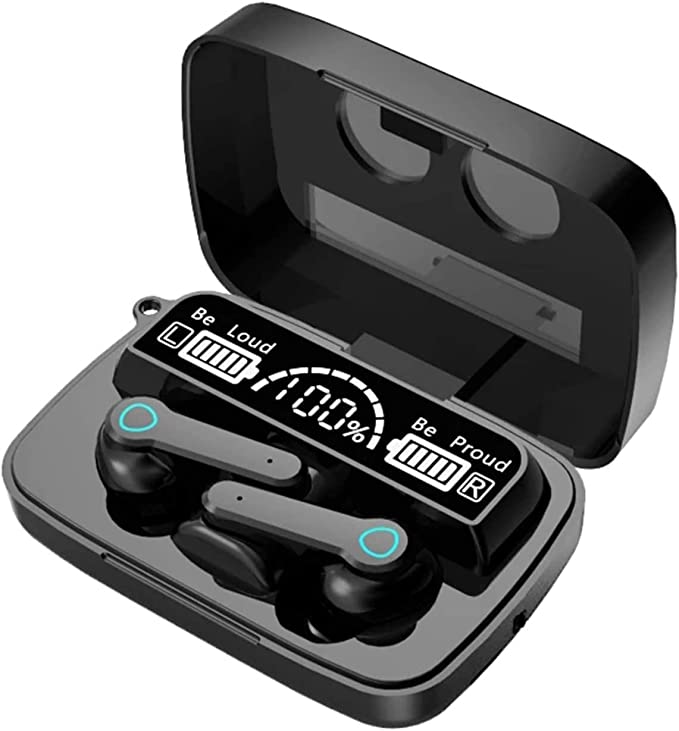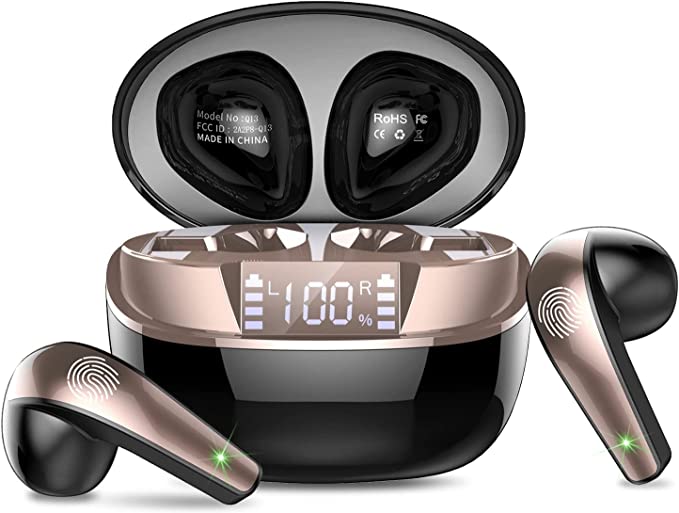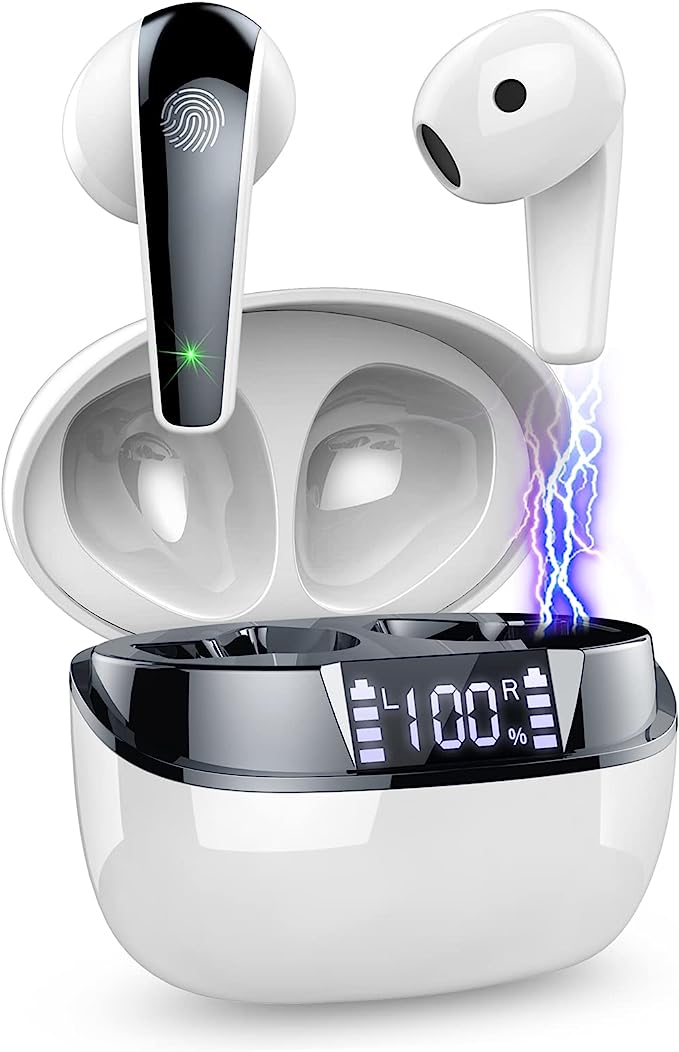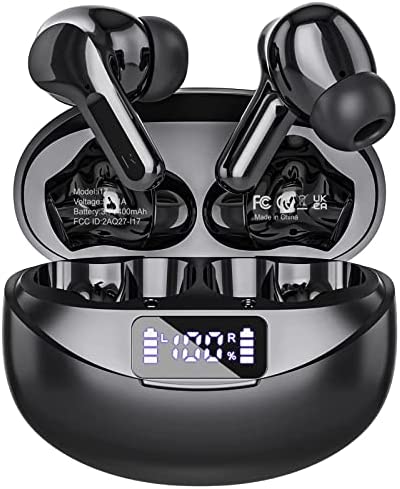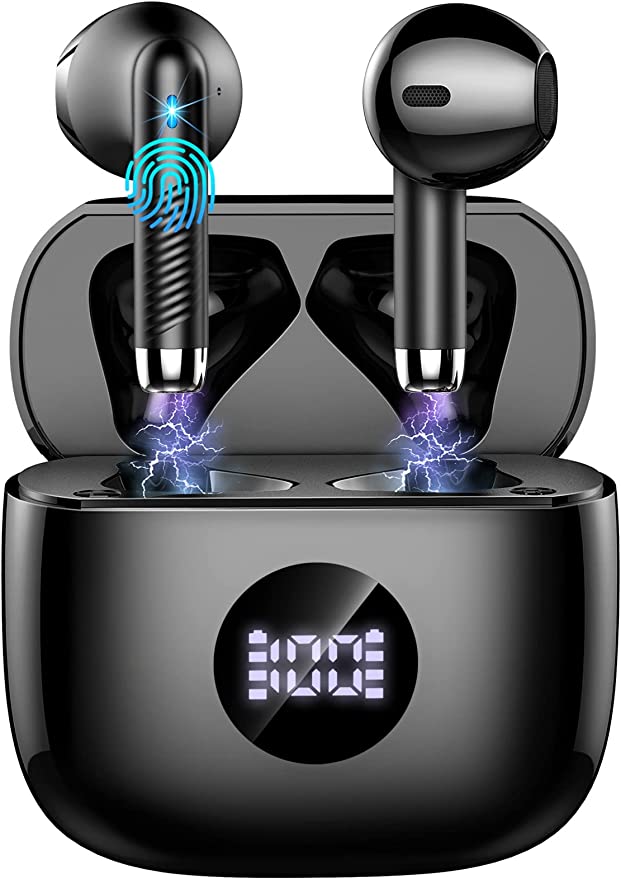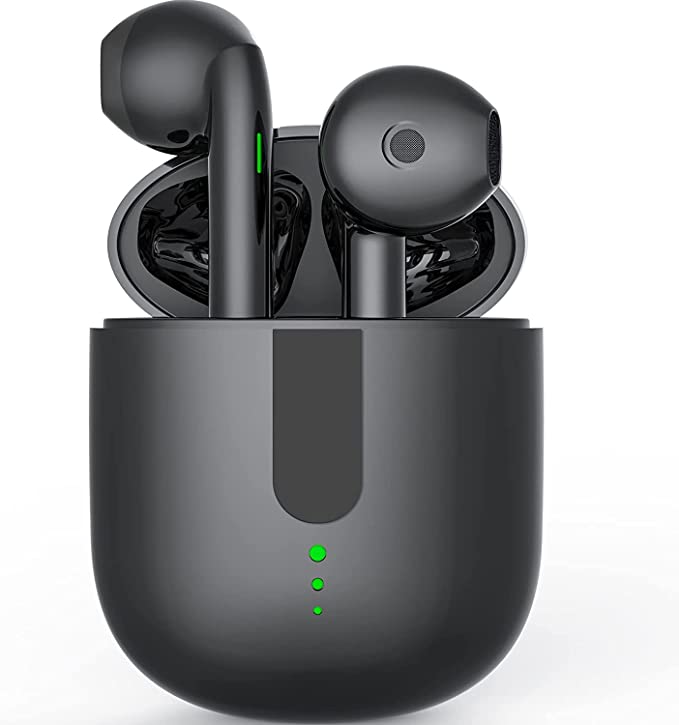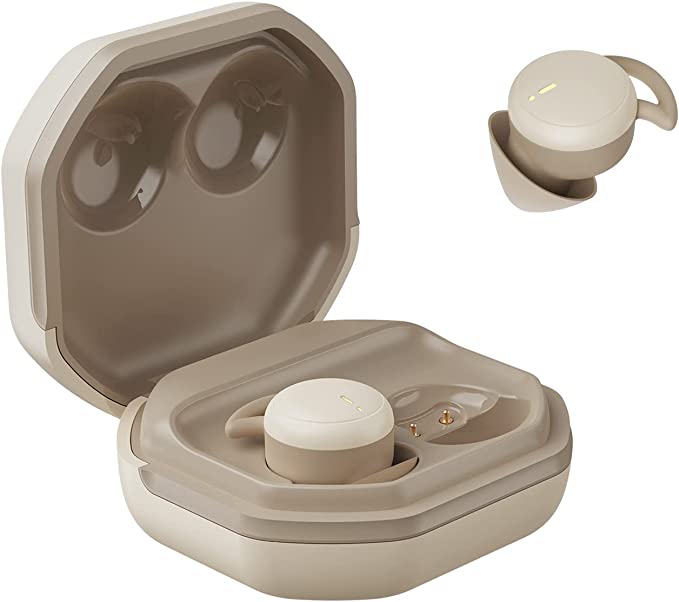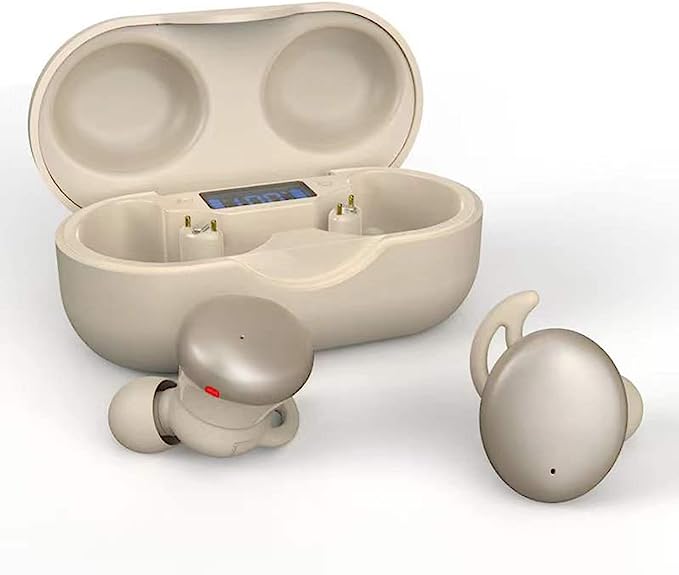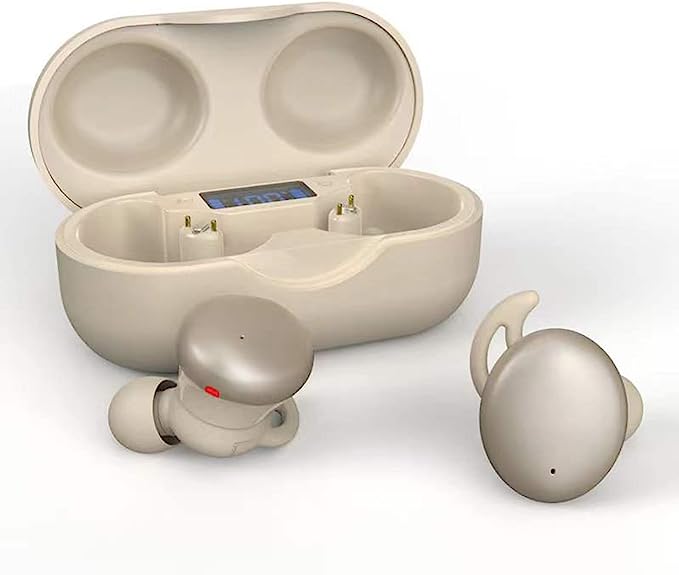The "Sleep Earbud" Paradox: A Case Study in "Invisible" Tech vs. Physics
Update on Nov. 14, 2025, 11:32 a.m.
In the quest for the perfect “sleep earbud,” the market is a minefield of broken promises. The goal is simple: an “invisible” earbud that is comfortable for side sleeping and blocks noise, allowing a light sleeper to finally get some rest.
The NVAHVA A68 is a $13 TWS earbud that markets itself as this exact solution. It’s “invisible,” “smallest,” and “tiny.” It has over 280 reviews and a mediocre 3.9-star rating, which perfectly captures the paradox of its design.
This isn’t a review. It’s an analysis of a fatal engineering flaw. The NVAHVA A68 is a case study in a product that is “designed for sleep” but, by its very nature, is guaranteed to wake you up.

The “Sleep” Promise: A 3.5g, 13.7mm Form Factor
On paper, the A68’s design is exactly what a side sleeper is looking for. * Extremely Small: At 13.7mm wide and 3.5g (0.12oz), it is “so tiny and easily hidden in ears.” * The Goal: It’s meant to be “flat and comfort,” sitting flush in the ear concha to avoid being pressed into the ear canal by a pillow. * The “Noise Blocking”: It claims to be “noise blocking” (up to 24dB) via a passive seal, not active noise cancellation (ANC).
This combination should be a winner. Indeed, some users with the right ear shape (“Shelli,” 4-stars) say, “I have smaller ears and these work well for me. I sleep in them and love them.”
But for many others, the promise fails on two physical counts.
1. The “Fit” Gamble:
Despite being “small,” the shape is not universal. “I have larger ears and still find them too thick and uncomfortable for sleeping,” reports one 3-star reviewer (“Michael D. Warren”). “They don’t do well when I lay on my side.”
2. The “Touchy Touchy” Fatal Flaw:
This is the product’s true design failure. The A68 uses touch controls to operate. For a side sleeper, this is a disaster. A 4-star reviewer (“The Ridge Runner”) who otherwise liked the earbuds gives the definitive testimony:
“they are so touchy! I’m either pausing my song, turning off the phones, trying to make a call, or summoning Siri hands free when I’m trying to sleep with them.”
This is the “sleep earbud paradox.” The very thing that makes side sleeping possible (a pillow) is the thing that makes touch controls unusable. The pressure and capacitance from the pillow trigger a constant stream of “accidental” commands. A true sleep earbud (like the wedoking) would have no touch controls at all.

The $13 Engineering: What Do You Get?
If the A68 fails at its primary purpose (sleeping), why does it have a 3.9-star rating at all? Because it’s $13, and for that price, it delivers on its other promises.
1. The “Work” Use Case:
This is not a sleep earbud; it’s a “hide it at work” earbud. Its “invisible” and “tiny hidden” design is perfect for “listening at the office” (“Michael D. Warren”).
2. The “Commodity Tech” Value:
For $13, you are getting a spec sheet that is genuinely impressive, driven by the commoditization of technology:
* 10mm Drivers: A “large” driver for a bud this small. When a user can get a good seal, they report “great sound quality… for the immensely low price” (“Jon,” 5-stars).
* IPX5 Waterproofing: It’s “protected against sweaty workouts, sudden rains, and spilled drinks.”
* Decent (Short) Battery: 4-5 hours is not “all-day,” but it’s enough for a commute or a workout.
3. The Durability Gamble (The 3.9-Star Reason):
Like all products in this “ultra-budget” category, the 3.9-star rating is the average of 5-star “value” wins and 1-star “durability” losses. As one user (“Sam,” 3-stars) reports:
“After around three months the right earbud stopped working at all. And now after four months the left earbud is starting to go out… they didn’t last too long.”

Coda: A Great “Tiny” Bud, A Terrible “Sleep” Bud
The NVAHVA A68 is a product with a critical identity crisis. It is a fantastic $13 tiny, invisible earbud for casual, discreet listening at work or on a commute.
It is a terrible $13 sleep earbud for side sleepers, because its “smart” touch controls make it fundamentally “dumb” for its intended use.
This is a classic case of an engineering feature (touch control) being the fatal flaw for the product’s marketed purpose (sleep). As one 2-star reviewer (“Vinnie”) wisely put it: “Stay away from all with touch controls! … if you’re side sleeping, forget it. All the accidents mentioned above will occur as soon as you made the first turn.”


